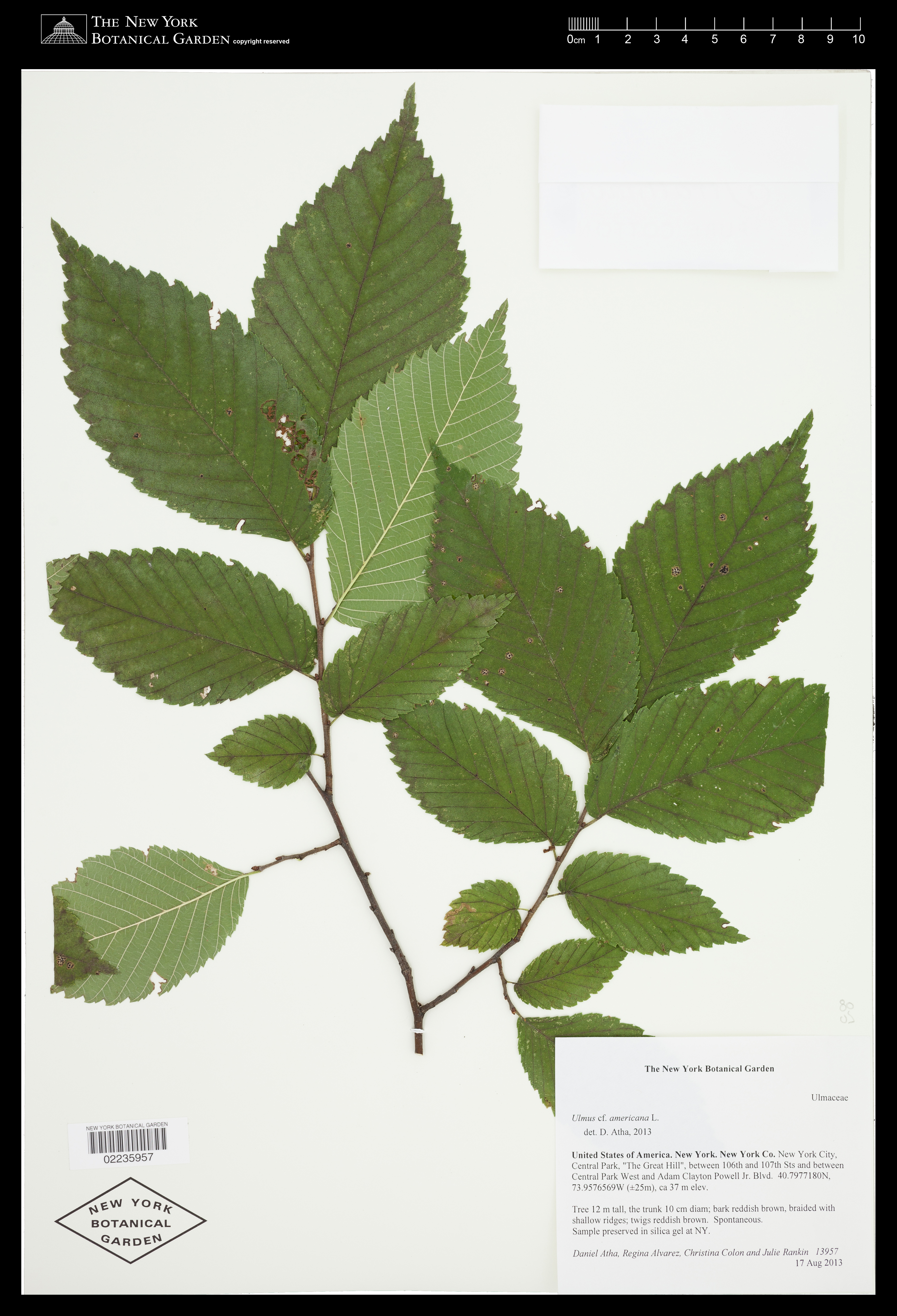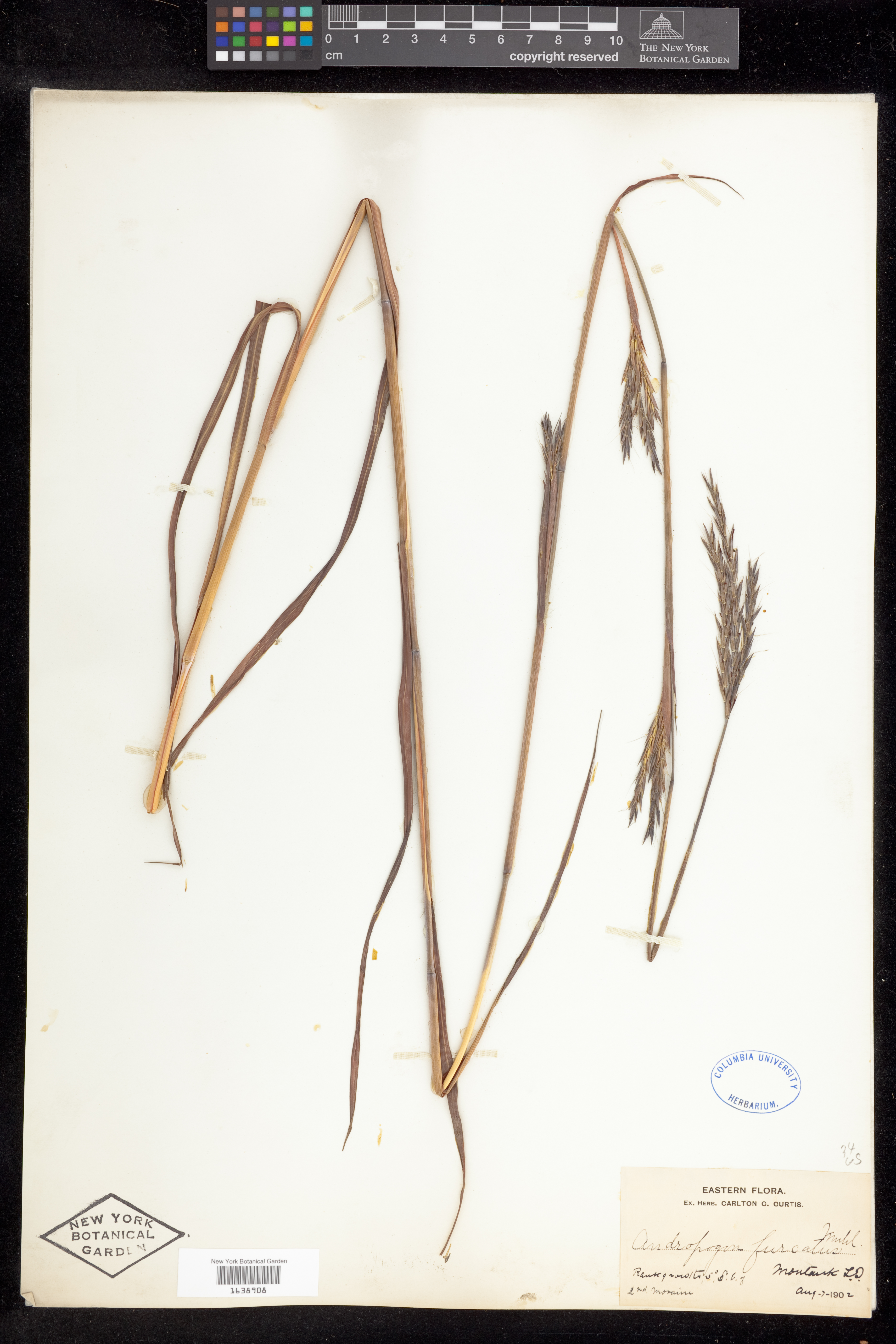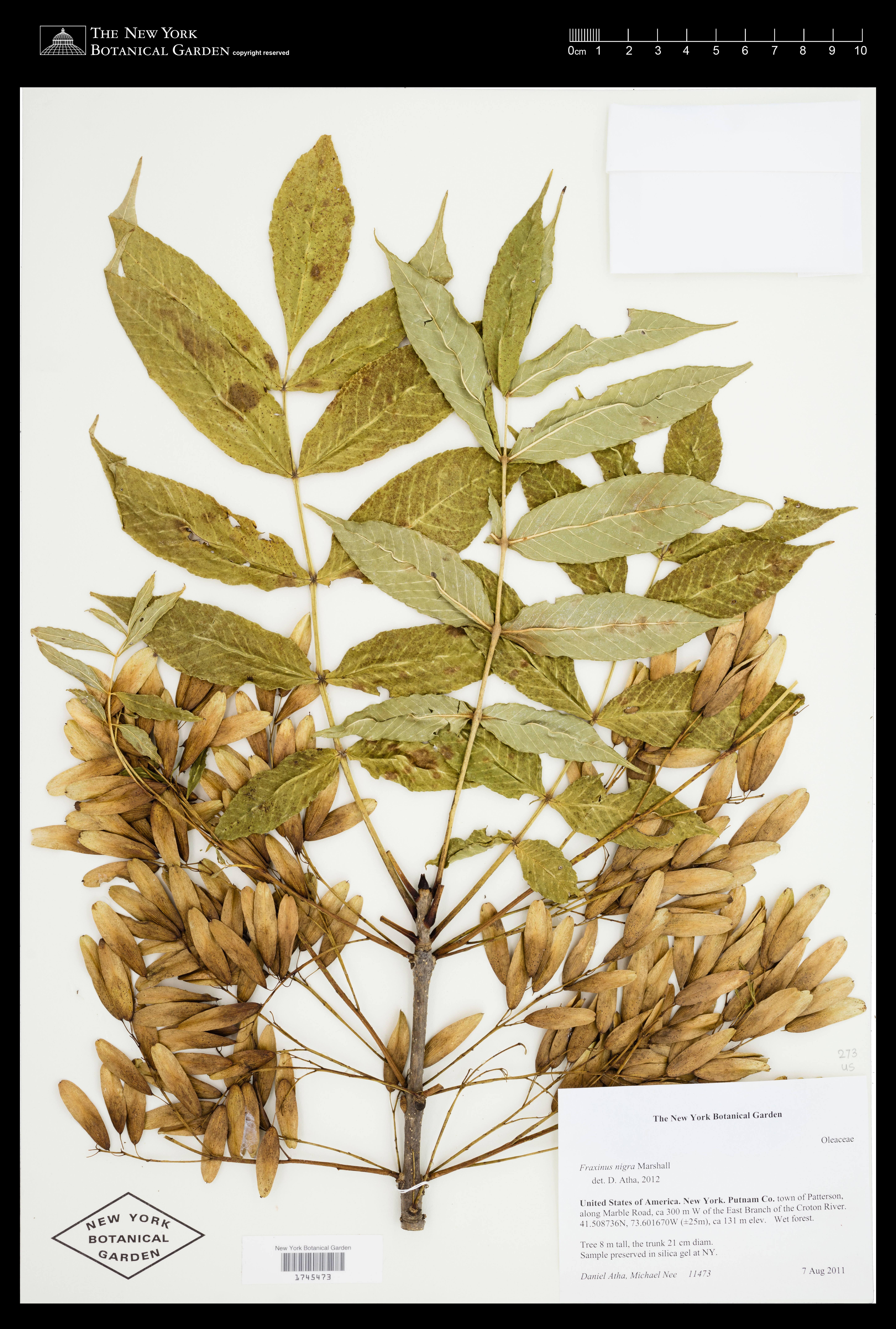Nov 8 2022
The New York Botanical Garden is located on land that is part of Lënapehòkink, the Lenape name for the traditional territory and homeland of the Lenape people. This homeland centers around the watersheds of the Delaware and lower Hudson Rivers, including the area that is now New York City, reaching north to the Hudson Valley, south to northernmost Delaware, west to the eastern region of Pennsylvania, and east to the western part of Connecticut. Due to forced removal and relocation to the “Indian Territories” in the late 1800s, the Lenape diaspora today consists of five nations in Oklahoma, Wisconsin, and Ontario that are recognized federally as the Delaware Tribes of Indians, but Lenape people also continue to live and maintain their cultural practices and communities on their ancestral homelands and around the world.
The lands that traditionally comprise Lënapehòkink in the northeast include an astonishing range of ecosystems; just on the island known to the Lenape as Mannahatta (now Manhattan), there were historically over 55 distinct types of ecosystems, including salt and freshwater swamps, numerous forest types, dunes, beaches, and more. The Lenape also created new types of ecosystems through their management of the landscape (including by using fire) to create agricultural fields and trails. Each of these ecosystems is composed of a unique combination of plants, and the Lenape, who “practic[e] a mixed economy of hunting, wild plant gathering, fishing, shellfish collecting, and horticulture”, use plants extensively for food, medicine, and various practical purposes, including creating tools and building materials. The specimens pictured above and in the stories below feature some of these plants and how they were, and are, used by the Lenape.









